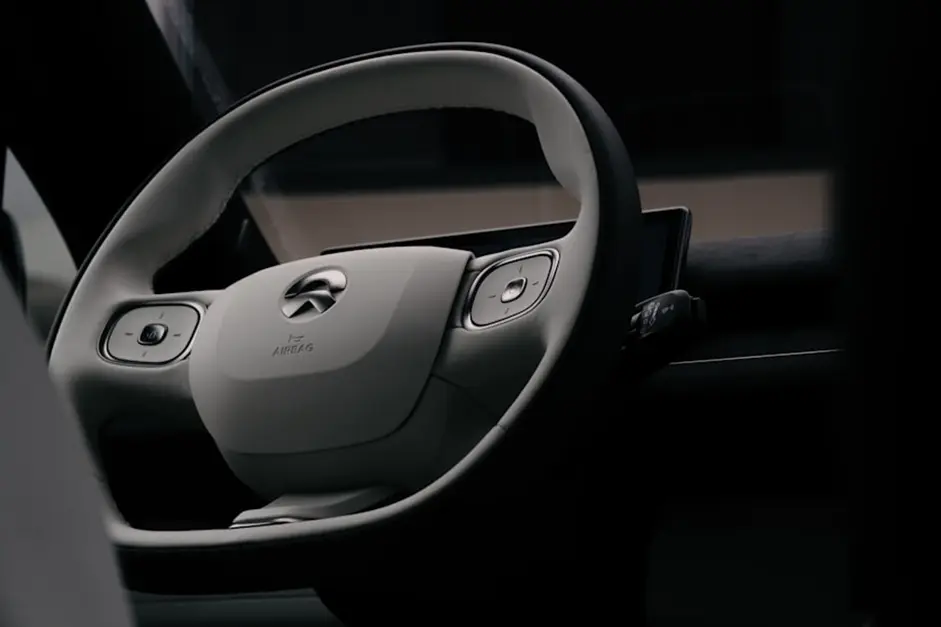The Impact of Government Policies on the Used Chinese EV Market
Subsidies and incentives are encouraging EV purchase and production in China, respectively. The push towards new EVs and advancing technologies is making old models obsolete. Thus, the resale value of used EV cars faced an impact. So, now can be a good time to purchase a used Chinese EV.
China is at the forefront of the global Electric Vehicle (EV) market transformation. The China used car market online, especially for EVs, is rapidly transforming. This is led by evolving government policies. The aim of this article is to help you understand the policy landscape of China and its impact on resale pricing and the export of EVs.
A Quick Overview of China’s EV Boom
The used EV market in China has grown significantly in the past decade. This growth is fuelled by supportive government policies, technological advancements, and increased customer demand. The China used car market online for EVs is expected to further grow in the future.
Over 70% of the electric cars in 2024 were manufactured in China. The EV market of the country is also anticipated to cross USD 780 billion by 2030. This will be a growth of more than 17% CAGR from 2025. This explosive growth of the new EV market is also taking over the market of used EVs. As a result, customers have more affordable options. This is also helping China with the electrification of its vehicle fleet.
Today, key players in the Chinese EV sector include names like BYD, NIO, XPeng, and Geely.
How Government Incentives Accelerated the Shift
The government of China offers a range of non-monetary incentives for EVs. Subsidies are offered for the purchase of EVs, including for New Energy Vehicles (NEVs), Battery Electric Vehicles (BEVs), Plug-In Hybrid Electric Vehicles (PHEVs), and Fuel Cell Electric Vehicles (FCEVs).
Subsidies of a maximum amount of RMB 100,000 were granted by the government for each vehicle in 2016. Subsidies are still being offered. Local governments also offer incentives to Chinese auto manufacturers for producing EVs.
New license plates are also being reserved for NEVs. The government has also created traffic restriction exemptions for EVs, along with dedicated parking spaces. New EV models are also assigned credits, based on metrics like mileage per charge cycle, fuel cell power rating, and energy efficiency.
The government is also offering incentives for the scrappage and replacement of older vehicles. Tech upgrades and battery replacement programs are further accelerating the shift towards EVs. Today, the efficiency of Chinese EVs has improved by 2%, and average range by over 40%, since 2018.
The Challenges: Depreciation & Battery Certification
One of the challenges faced by Chinese auto manufacturers is the high depreciation rate of EVs. Rapid innovations in technology have improved new EV models, making the older ones obsolete. So EVs are around 10% more depreciating compared to the conventional ones.
A certification policy related to battery health was also introduced in 2021 by the China Quality Certification Centre (CQC). This was due to concerns about the longevity and performance of batteries. The certification policy was aimed at ensuring that buyers have assurance on the condition of EV batteries.
Customers also tend to worry about the range limitations of EVs. The scarcity of charging facilities further heightens the range-related discouragements. So, this is a major barrier to EV adoption.
How Regulations Affect Resale & Market Liquidity
Some restrictive regulations on used EV registration and inter-provincial transfers are only bringing down resale prices. So, this is a good time to buy used EVs from Chinese auto manufacturers. Let’s see how regulations are affecting EV resale in China.
Cap on Used EV Registration
The resale market and overall liquidity for EVs in China are significantly impacted by city-based restrictions. For example, there are restrictions in Shanghai and Beijing that limit the places where you can register EVs.
It is difficult to register used EVs in these cities if they were not originally registered there. So, there is a geographic barrier to reselling. And the pool of potential buyers is also reduced. Resale values have dropped, and sales happen slowly in cities with restrictions.
Emission & Safety Requirements
Emission and safety requirements in China vary by province. And these requirements have become stringent. So, inter-provincial transfers have become challenging. The variation in requirements across provinces is creating barriers to the entry of used EVs. The resale value is going down, and overall market liquidity is affected.
Export Policies & International Impact
The number of Chinese EV exports to Southeast Asia, Africa, and Eastern Europe is growing. Exports of Chinese EVs grew more than 1000% between 2018 and 2023. A mix of reasons has facilitated this growth.
First, the demand for adorable EVs has greatly increased in developing nations. Second, governments of developing nations are relaxing trade restrictions and introducing incentives. These efforts are encouraging the importation of used EVs.
Ready to Import a Used EV from China?
The government initiatives in China have boosted the EV landscape. However, the policies have also reshaped the way in which EVs are purchased, sold, valued, and resold. Regardless, the regulations are maturing.
Governments are encouraging EV adoption through incentives for Chinese auto manufacturers and subsidies for customers. In the future, you can expect a smarter and more export-friendly ecosystem for used EVs in China. So, go for Chinese-made EVs for your next car purchase.
Also Read

